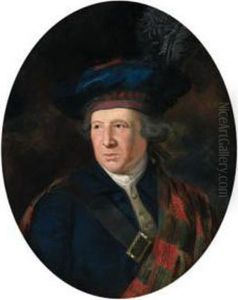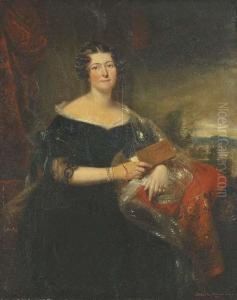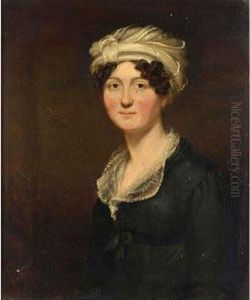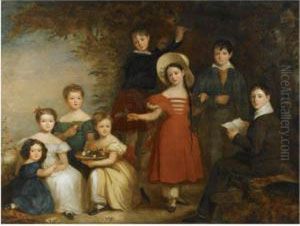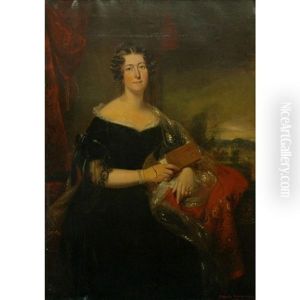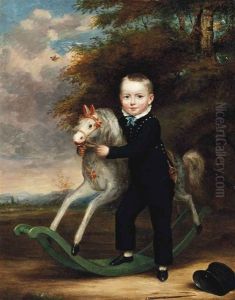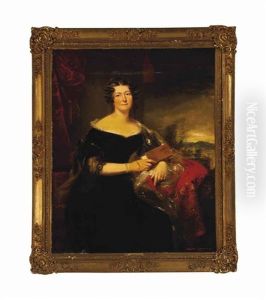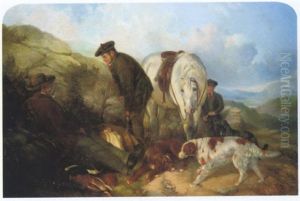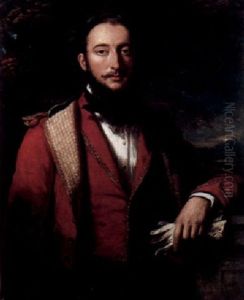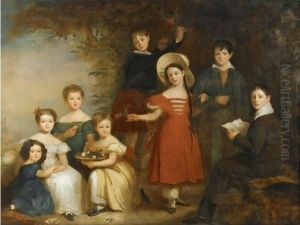William Smellie Watson Paintings
William Smellie Watson was a Scottish painter born in 1796 in Edinburgh. He belonged to a period in Scottish art history that was deeply influenced by the Romantic movement, although he is less widely known than some of his contemporaries. Watson's work is characteristically Scottish, deeply rooted in the landscapes, history, and character of his homeland, reflecting a strong sense of place and a deep connection to the Scottish natural environment and its historical legacy.
The son of a successful engraver, Watson initially trained under his father, which grounded his art in meticulous detail and precision. However, his artistic journey took him beyond the confines of engraving, exploring the broader, more expressive mediums of oil and watercolor painting. His education was furthered in Edinburgh, which at the time was a vibrant center for the arts, offering a stimulating environment for Watson's development as an artist.
Watson's oeuvre mainly consists of landscapes, historical scenes, and portraits. His landscapes, in particular, capture the dramatic beauty and ruggedness of the Scottish Highlands and the serene beauty of its lochs and valleys, often imbued with a poetic, almost mystical quality that reflects the Romantic influence. He was also known for his historical paintings, which were deeply researched, showcasing his commitment to historical accuracy and detail, as well as his passion for Scotland's past. His portraits, though less well-known, are noted for their depth of character and sensitivity to the subject.
Throughout his career, Watson exhibited at various prestigious venues, including the Royal Scottish Academy, where he was a regular exhibitor, and occasionally at the Royal Academy in London. Despite the recognition he received during his lifetime, Watson's work did not achieve the lasting fame of some of his contemporaries, and he has been somewhat overlooked in the annals of art history.
William Smellie Watson passed away in 1874. Although his name may not be as familiar as other artists of his time, his contribution to Scottish art continues to be appreciated by connoisseurs and historians. His paintings, with their evocative portrayal of Scotland's landscape and history, remain a testament to his skill and his deep love for his country.

